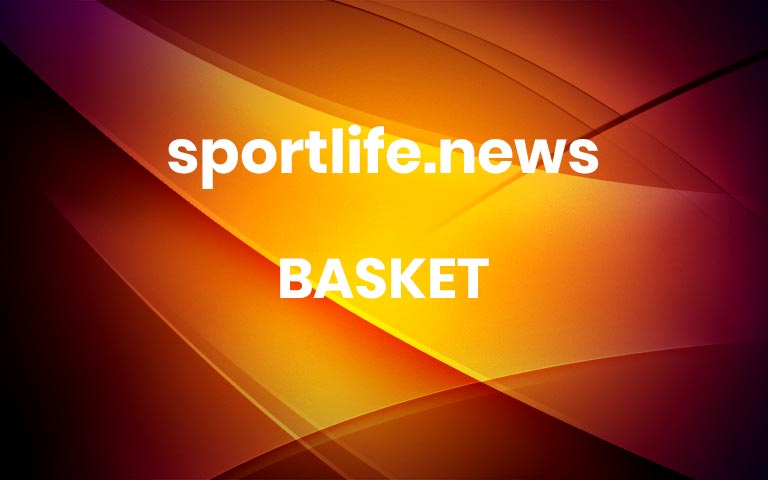One Wednesday last month, Adrian Wojnarowski made the three-hour drive from his home in northern New Jersey to Pennsylvania to see his St. Bonaventure men’s basketball team play at Bucknell. Wojnarowski is the St. Bonaventure general manager, but until recently he made his very public living by breaking news stories about the N.B.A. and then talking about them on ESPN. He was recognized by the first person he saw at Bucknell, a school official who pronounced himself a “big fan.” More encounters followed. At halftime, he tried to catch up with a childhood friend who was attending the game. Their conversation proceeded fitfully, interrupted by strangers introducing themselves and asking for selfies. Wojnarowski was invariably obliging. “I’ve become his photographer,” the friend told me.By then, St. Bonaventure’s Bonnies were ahead, 38-16. The rout underway was not entirely unexpected. Though Bucknell’s undergraduate enrollment of 3,900 makes it twice as large as St. Bonaventure, the Bonnies play in the Atlantic 10, a more competitive conference than Bucknell’s Patriot League, which includes similarly sized schools like Lafayette and Holy Cross. A successful Atlantic 10 team should be able to win this matchup, even in Bucknell’s home gym.And St. Bonaventure is successful, especially considering its size, which limits everything from alumni fund-raising to the amenities it can afford to provide to students. Back in 1970, it reached the N.C.A.A.’s Final Four; of the 99 schools that have achieved this feat, it is the smallest. And since 2007, when Mark Schmidt became head coach, the team has won two regular-season titles and two conference tournaments.But in 2021, the N.C.A.A. abandoned most of its restrictions against compensation for student athletes. This has transformed college recruiting largely into a matter of how much a team and its outside supporters are willing to pay. In 2022, the Bonnies reached the semifinals of the postseason National Invitation Tournament by beating Colorado, Oklahoma and Virginia. Four of their five starters announced their intention to return. Then the offers of name, image and likeness payments started pouring in. Such payments, known as N.I.L., allow college athletes to make money from product endorsements, donations from wealthy alumni, even contributions from ordinary fans. Within days, those four starters were all gone, off to larger state schools whose teams are often highly ranked. “I’ve never seen a good team with bad players,” Schmidt muses now. “And in order to get good players, you need money.” That’s where Wojnarowski comes in.At his old job, the one that paid him $7.3 million annually, his mobile phone buzzed with texts from morning until deep into night. Some of them came from N.B.A. owners. Some came from general managers, head coaches or sources in the league office. Others came from college coaches or agents. Occasionally he would hear from one of basketball’s top players — Russell Westbrook, say, or Donovan Mitchell. Some texts were more important than others. When Wojnarowski was expecting an especially crucial one, a confirmation of a trade or a major free-agent signing, he wouldn’t leave his house or hotel room.For more than a decade, as an ESPN reporter and podcaster (and as a columnist at Yahoo before that), he was so determined to beat every other reporter to every bit of N.B.A. news that he made it a priority to take overnight flights because news usually doesn’t happen overnight. In recent years, as the pressure for him to break stories intensified, he stopped driving anywhere more than a few minutes away and relied on a car service — he didn’t want to be on a highway and risk losing an exclusive when a source had news to break. Whenever he had a scoop, he would post it on Twitter and Instagram for his millions of followers. Wojnarowski is universally referred to as Woj, and those postings became known among even casual basketball fans as Woj Bombs. Almost immediately, they would appear across the ESPN networks, featured on the crawl at the bottom of the screen: according to Woj … Woj reports … sources told ESPN’s Woj.We are having trouble retrieving the article content.Please enable JavaScript in your browser settings.Thank you for your patience while we verify access. If you are in Reader mode please exit and log into your Times account, or subscribe for all of The Times.Thank you for your patience while we verify access.Already a subscriber? Log in.Want all of The Times? Subscribe. More


